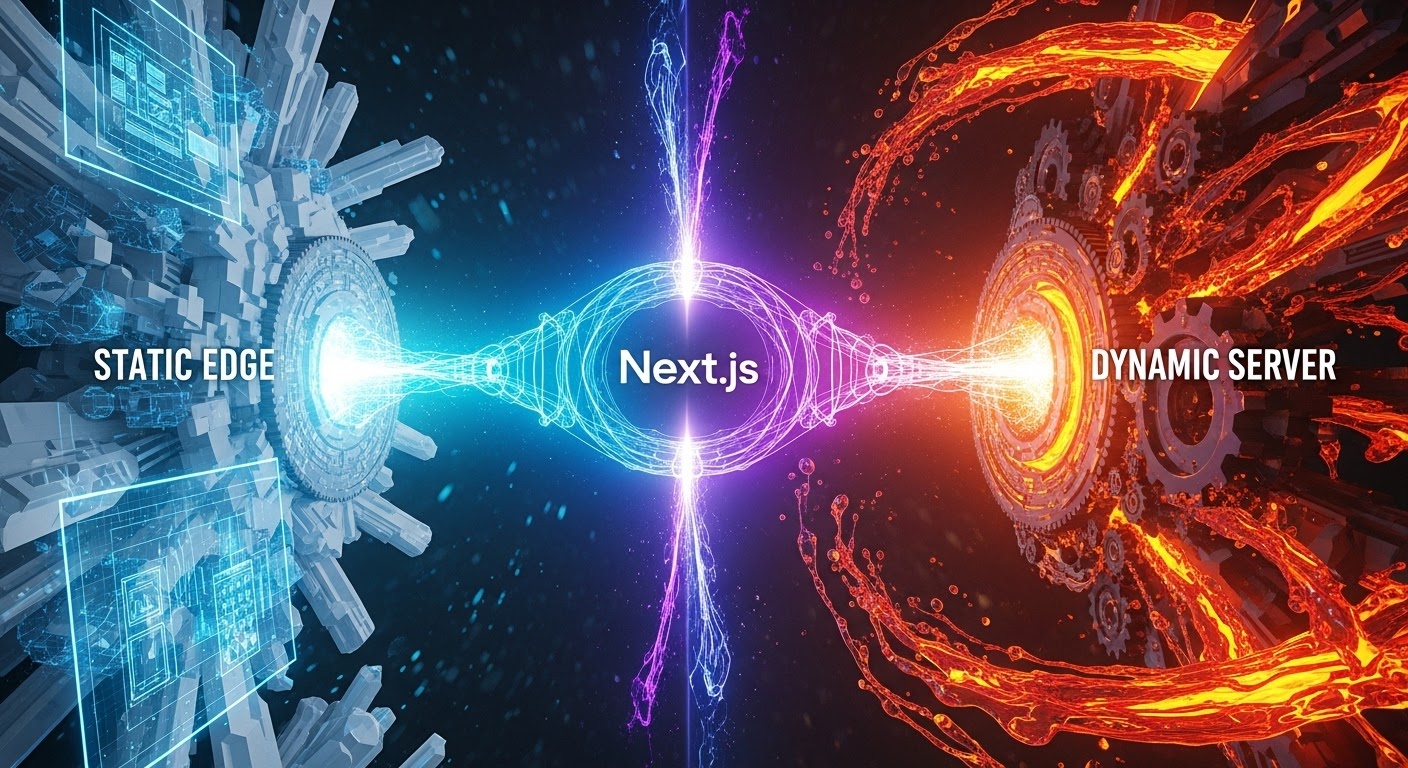Search This Blog
Welcome to Financially Free, your guide to taking control of your money. Learn to budget, pay off debt, and invest wisely. We provide practical advice and simple strategies to help you build wealth and achieve true financial independence. It's time to live life on your terms.
Axos ONE
Featured
- Get link
- X
- Other Apps
🚚 Hino Motors and Mitsubishi Fuso Integration (日野自動車 三菱ふそう)
🔍 Overview of the Merger
📅 Timeline of Events
In 2023, Hino Motors (a Toyota subsidiary) and Mitsubishi Fuso (under Daimler Truck) announced plans to merge operations, forming a unified commercial vehicle powerhouse in Japan. The integration aims to address emissions scandals, streamline R&D, and compete globally.
🧑💼 Key Players
- Toyota Motor Corporation: Parent company of Hino Motors.
- Daimler Truck: Parent company of Mitsubishi Fuso.
- New Holding Company: Jointly owned, headquartered in Japan.
🎯 Strategic Objectives
- Accelerate development of zero-emission vehicles.
- Consolidate manufacturing and supply chains.
- Rebuild trust post-emissions scandal.
👥 Impact on Stakeholders
🚛 Customers and Fleet Operators
Fleet owners anticipate:
- Unified service networks.
- Improved vehicle reliability.
- Faster access to new tech (EVs, hydrogen).
🏪 Dealers and Service Networks
Dealers face:
- Potential consolidation of service centers.
- Shared diagnostic tools and training.
- New branding challenges.
👷 Employees and Labor Unions
- Job security concerns amid restructuring.
- Opportunities for cross-training and upskilling.
- Labor negotiations underway to protect roles.
⚙️ Technology and Innovation
🔋 Hydrogen vs. Electric Vehicle Strategy
- Hino focuses on hydrogen fuel cell trucks.
- Fuso leads in battery-electric models like the eCanter.
- Post-merger synergy could yield hybrid platforms.
🤖 Autonomous Driving and AI Integration
- Joint investment in ADAS (Advanced Driver Assistance Systems).
- AI-powered fleet management tools in development.
🏭 Shared R&D and Manufacturing Synergies
- Shared platforms for medium-duty trucks.
- Consolidated parts sourcing to reduce costs.
🌍 Market and Competitive Landscape
🇯🇵 Domestic Market Shifts in Japan
- Hino and Fuso dominate Japan’s commercial truck market.
- Merger may trigger price competition and innovation.
🌐 Global Expansion Plans
- Targeting Southeast Asia, Africa, and Latin America.
- Leveraging Toyota and Daimler’s global networks.
🏁 Competitor Reactions
- Isuzu and UD Trucks: Strengthening alliances.
- Chinese OEMs: Expanding aggressively in Asia.
⚖️ Regulatory and Legal Considerations
🧪 Emissions Scandal Fallout
- Hino’s falsified emissions data led to recalls and fines.
- Merger seen as a reputational reset.
📜 Compliance in Key Markets
- EU and U.S. regulators monitoring integration.
- New emissions testing protocols introduced.
🔮 Future Outlook
🚀 Predicted Product Launches
- Hydrogen-powered long-haul trucks by 2026.
- EV delivery vans with modular battery packs.
⚠️ Strategic Risks and Opportunities
- Risk: Brand dilution and internal culture clash.
- Opportunity: Dominance in sustainable transport.
🧠 Expert Opinions and Case Studies
🎙️ Interviews with Industry Analysts
“Consolidation is inevitable. This merger could set the blueprint for future commercial vehicle alliances.” — Transport Economist, Tokyo University
📦 Fleet Owner Testimonials
“We’re excited about unified service and tech upgrades. But we need clarity on warranties and parts.” — Logistics Manager, Osaka
📈 FAQs and Interactive Tools
- Get link
- X
- Other Apps
Popular Posts
Next.js Partial Prerendering: The End of the Static vs. Dynamic Trade-off
- Get link
- X
- Other Apps
Gemini 3 is Here: The AI That Finally "Reads the Room"
- Get link
- X
- Other Apps






Comments
Post a Comment